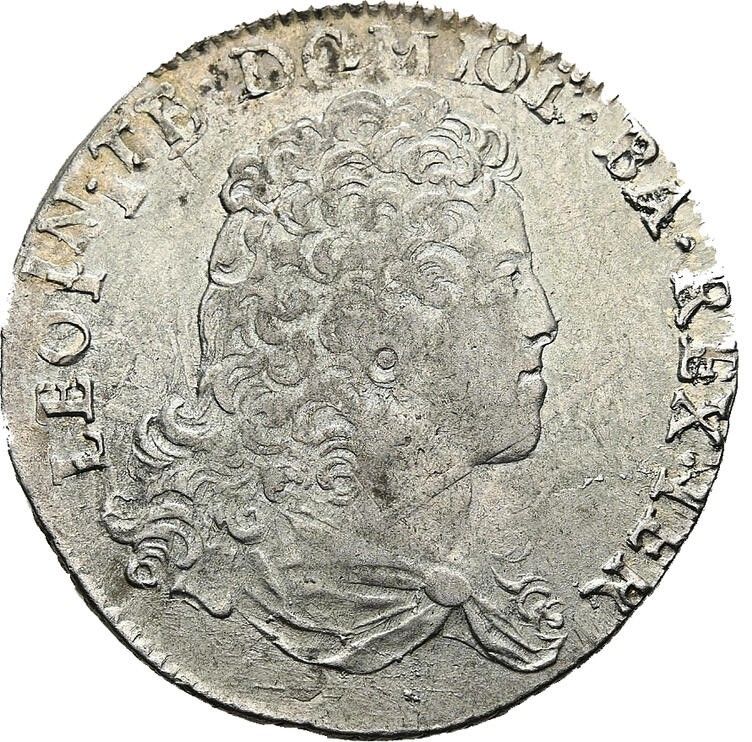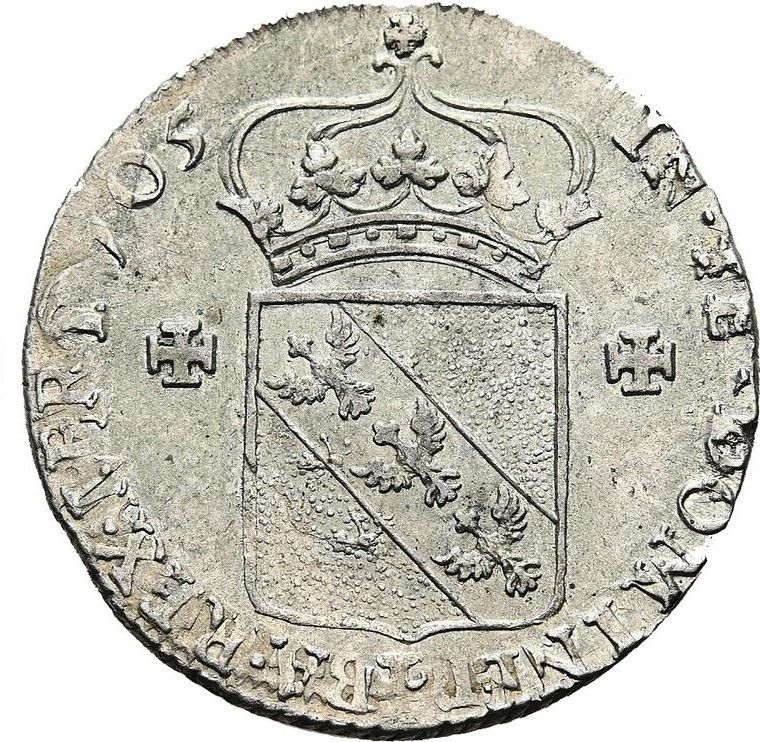Lorraine, Duchy of Teston - Leopold I (crosses in field)
Posted on:
keywords: Lorraine, Duchy of, Teston - Leopold I (crosses in field), , coin collecting, numismatics, Lorraine, Duchy of
- Introduction: The Teston coin of Leopold I, issued in 1705 by the Duchy of Lorraine, stands as a remarkable piece of numismatic history. Known for its intricate designs and historical importance, this silver coin attracts collectors and enthusiasts worldwide.
- Historical Background: The Duchy of Lorraine, under Leopold I, minted this Teston coin to signify its economic stability and authority during the early 18th century. This period marked a significant era in Lorraine's history, making these coins valuable relics of the past.
- Design Features: The obverse of the coin showcases a bust of Leopold I facing right, reflecting the royal authority of the ruler. On the reverse, a crowned shield with the simple arms of Lorraine is featured, flanked by small crosses on each side, symbolizing the duchy's emblem and power.
- Technical Specifications: This Teston coin weighs 8.30 grams with a diameter of 29.00mm, making it a substantial silver piece. Its composition adds to its durability and value, ensuring its preservation for centuries to come.
- Collectible Value: Due to its historical significance and unique design elements, the Leopold I Teston coin holds a notable place in numismatic collections. Collectors value this coin for its rarity and connection to the Duchy of Lorraine, making it a sought-after piece in the numismatic market.
- Conclusion: In conclusion, the Leopold I Teston coin from 1705 is a testament to the rich history and craftsmanship of the Duchy of Lorraine. Its intricate designs, historical context, and collectible value make it a prized possession for both seasoned collectors and enthusiasts interested in the legacy of European coinage. By exploring the Leopold I Teston coin, one can delve into the fascinating world of numismatics and uncover the stories behind these ancient treasures.
Coin Images
 Obverse
Obverse
 Reverse
Reverse

